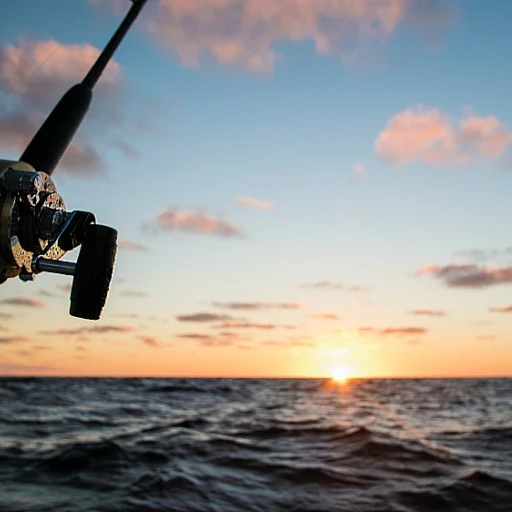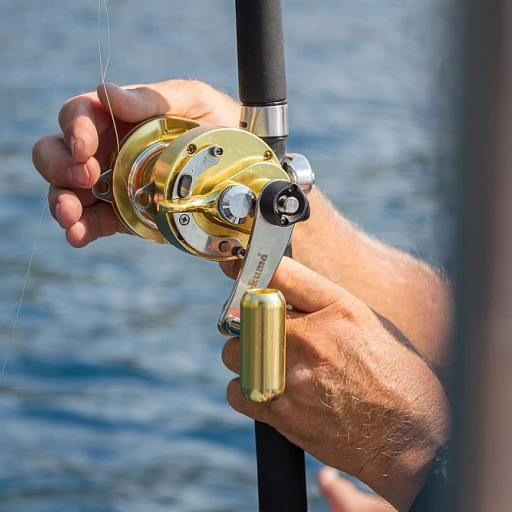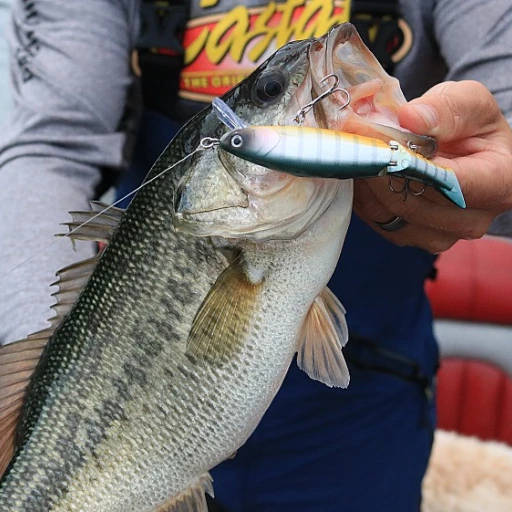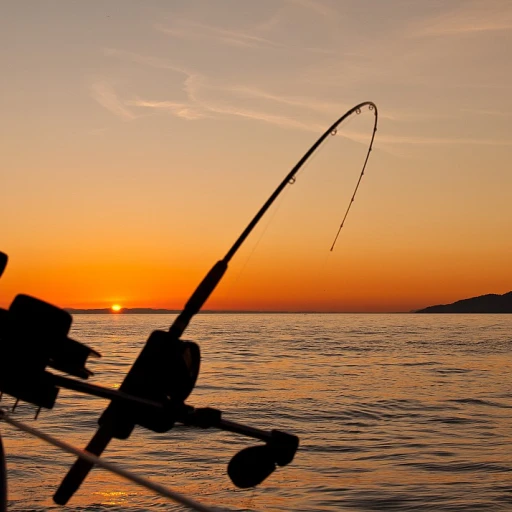Understanding the Carolina Rig
Demystifying the Carolina Rig
The Carolina rig is a well-regarded setup for both seasoned anglers and newcomers looking to explore the world of surf fishing. Renowned for its versatility, this rig is deeply embedded in surf fishing culture due to its effectiveness in varying conditions, from sandy shores to rocky bottoms. As a preferred choice for those targeting bottom-dwelling fish species, the Carolina rig combines simplicity with adaptability, making it a critical tool in any angler's tackle box. At its core, the Carolina rig is designed to present bait in a natural manner as it drifts just above the ocean floor. This unique presentation is achieved through a clever combination of components: a weight to help cast and sink the rig, a bead to protect the knot, a swivel to prevent line twists, and a leader which attaches the hook to the main line. Each element plays a pivotal role in ensuring your bait stays attractive to fish while remaining unobtrusive. For those venturing into saltwater fishing, understanding the mechanics of the Carolina rig can significantly enhance your success rate. With the right gear and know-how, it suits various soft plastics and live baits, enabling you to effectively target species like red drum, flounder, and other surf residents. Improving your skill with this rig involves mastering both conventional and innovative techniques. In doing so, you'll not only increase your chances of a successful catch but also sharpen your fishing acumen across different surf conditions. Exploring the comprehensive guide to choosing the perfect inshore casting rods can further amplify your experience, guiding you in selecting the best rods for optimal performance. The Carolina rig's adaptability makes it both a beginner-friendly option and an advanced tool capable of handling the challenges presented by the unpredictable currents and diverse fish species that surf fishing offers.Essential Gear for Carolina Rig Surf Fishing
Key Components for the Carolina Rig
When planning a successful day of surf fishing with a Carolina rig, assembling the right gear is paramount. The Carolina rig is a versatile and popular setup, especially when targeting fish on the bottom. Knowing each component will enhance your fishing experience.- Rod and Reel: A medium to heavy action surf rod, paired with a robust spinning reel, is ideal for casting and handling fish in a surf environment.
- Main Line: Consider using a braided line for the main line as it offers strong sensitivity and reduced stretch, guiding every movement right to your hands.
- Bead and Sinker: This rig typically uses an egg sinker for its weight, preferred for its ability to move smoothly with the current. A bead is placed between the sinker and swivel to protect the knot from wear.
- Swivel: A high-quality barrel swivel is crucial as it prevents the main line from twisting, ensuring a seamless surf fishing experience.
- Leader Line: Use a fluorocarbon leader that is about 12 to 18 inches long. The low visibility makes it resistant to cautious fish.
- Hook: Circle hooks or octopus hooks work well, depending on your choice of live bait or soft plastics, which can influence hook design.
Setting Up Your Carolina Rig
Key Elements in Setting Up Your Rig
To get started on your journey to mastering the Carolina Rig for surf fishing, it's crucial to set up your rig properly. A well-assembled rig can make a significant difference in snagging fish along the surf. Start with the components:- Fishing Line: Choose a mainline that suits saltwater fishing conditions. Monofilament is often preferred because of its stretching properties, which can cushion the impact when a fish strikes.
- Barrel Swivel: A barrel swivel connects the mainline with a leader. It prevents line twisted caused by the sinker and bait spinning in an active surf.
- Leader Line: Opt for a fluorocarbon leader as its near-invisibility underwater improves bait presentation.
- Hooks: Select hooks depending on your target species and the bait used. Circle hooks are increasingly popular as they enhance hook-up rates and are more fish-friendly.
- Bead: Place a bead between the weight and swivel. It acts as a buffer to protect the knot from the sinker while also adding a tiny bit of color or noise to attract fish.
- Sinker: A slip sinker or egg sinker is often used in Carolina Rigs to give the bait a natural movement along the bottom, enhancing its attractiveness to fish.
Step-by-Step: Tying Your Carolina Rig
- Slide a slip sinker onto the mainline.
- The weight allows for effective casting and for your bait to maintain contact with the bottom.
- Add a bead underneath the sinker to protect your knots.
- It safeguards the knot connecting your line to the barrel swivel.
- Tie the mainline to one end of a barrel swivel.
- Ensure the knot is secure to prevent any chance of the swivel coming undone.
- Attach a leader line to the other end of the swivel.
- The length of the leader depends on water clarity and fish behaviors, keeping a range of 12 to 24 inches is often productive.
- Tie on your hook to the end of the leader.
- Use appropriate knots, such as a Palomar or improved clinch knot, for reliability.
Techniques for Effective Surf Fishing with a Carolina Rig
Mastering Casting Techniques
Surf fishing with a Carolina rig requires a blend of strategy and technique to maximize your chances of success. Aiming for the vast expanse of the surf zone, it’s crucial to master your casting technique. A proper cast ensures your bait is delivered to the targeted area where fish are most likely to be active.
Start by positioning yourself appropriately, considering wind direction and wave action. Using a long surf rod allows for greater casting distance. With a firm grip, load your rod by bringing it back and smoothly accelerating forward, allowing the weight of the sinker to help propel the bait into the surf. The key is to use the rod’s action to generate momentum without unnecessary force.
Understanding Surf Rig Action
Once your Carolina rig lands in the surf, it’s essential to understand how it behaves. The combination of swivel, leader, and weight ensures that your bait sits close to the bottom, a prime area where fish like to feed. The freedom provided by the leader allows live bait or soft plastics to move naturally, which is a key attractant.
Observe the tension in your line; a slight pull indicates the rhythm of the surf action on your rig. Be ready to react to any significant pull or hit, as it could mean a potential catch. Adjusting your positioning or reeling in slack line occasionally will keep your bait at the optimal depth.
Adapting to Conditions
Different conditions might require adjustments to your Carolina rig setup. In stronger currents, you may need to increase the weight of your sinker to ensure your bait stays near the bottom. Similarly, a longer leader might be required in clearer waters where fish can be more cautious.
Experiment with different bait types. While live bait is often effective, surf fishing in certain locales may demand switching to artificial lures or soft plastics that mimic local prey. This flexibility can often be the difference between a slow day and a productive one.
Common Challenges and Solutions
Overcoming the Hurdles of Carolina Rig Surf Fishing
Surf fishing with a Carolina rig presents unique challenges; however, understanding these challenges can significantly improve success.- Tackle Snags: With the Carolina rig’s weight and hook setup, getting snagged on the bottom is common. Avoid sharp objects and rocky areas on the sea floor. Have several extra rigs on hand to quickly swap out if necessary.
- Casting Distance: Achieving the right distance is crucial in surf fishing. The weight of the sinker plays a major role here. Consider using a heavier sinker to aid your cast, allowing your bait to reach the bottom faster in rough waters.
- Hook Presentation: It’s vital that the bait appears natural in the water. Use swivels and bead combinations for a smooth presentation, with adequate leader length to provide the best bait movement.
- Bait Selection: Soft plastics can sometimes outperform live bait. Experiment with different baits to find what attracts the most fish in your area.
- Weather Conditions: Wind and waves can impact visibility and bait behavior. Adapt your leader and weight choices depending on these conditions. For high wave conditions, more weight may be necessary to keep the bait where the fish are feeding.
Tips from Experienced Anglers
Veteran Techniques and Expert Advice
Experienced anglers play a crucial role in our journey towards mastering the Carolina rig. Their shared insights can make a significant difference, especially when surf fishing challenges arise. Here are some expert tips to help you refine your technique:- Tailor Your Bait to Conditions: Different conditions demand different baits. Live bait, such as shrimp or sand crabs, can be particularly effective when the fish are less aggressive. Soft plastics are the way to go when you're aiming to attract fish by imitating their natural prey movements.
- Focus on the Leader Length: Adjusting the length of your leader is vital in surf fishing. A longer leader (up to three feet) allows the bait to move more naturally with the waves and can make a big difference in enticing wary fish. Shorten the leader when you need more control in rough waters.
- Mind the Weight: Opt for a pyramid sinker when you need the rig to stay put in the surf. For lesser surf conditions, an egg sinker can offer greater sensitivity and is less likely to scare off fish.
- Bead and Swivel Placement: The placement of the bead and barrel swivel can prevent line twisting and improve the overall presentation of your bait. Ensure the bead is positioned just above the swivel to protect your knot.
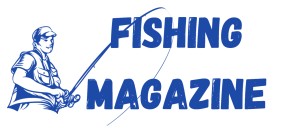
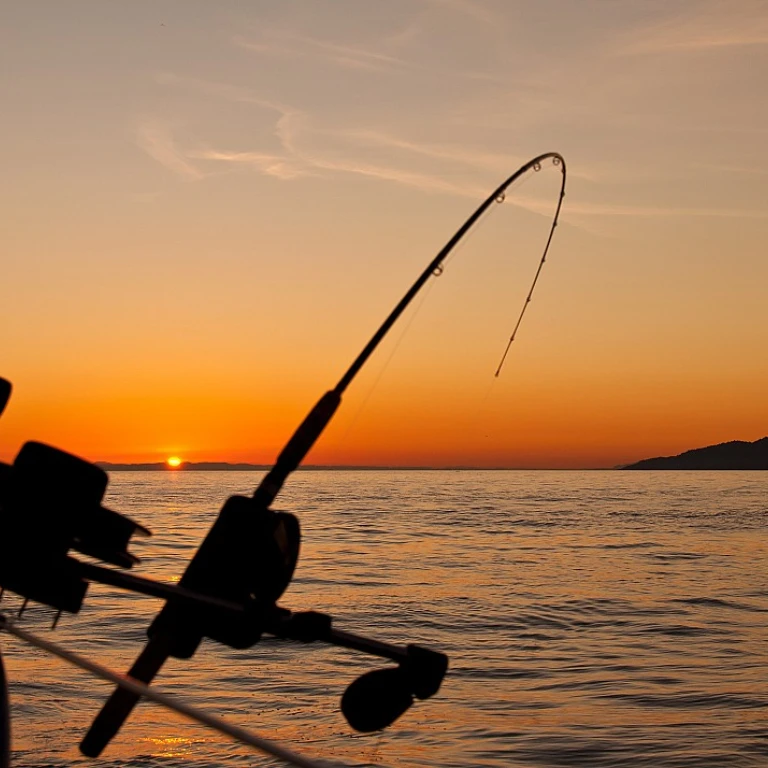

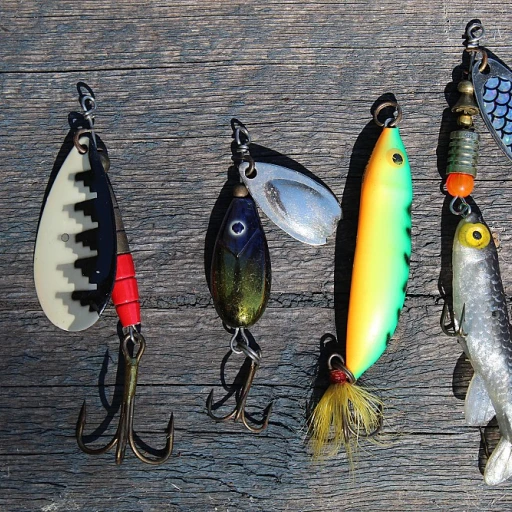
-large-teaser.webp)

-large-teaser.webp)
-large-teaser.webp)
